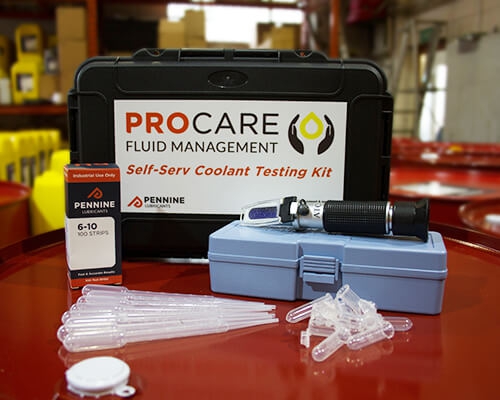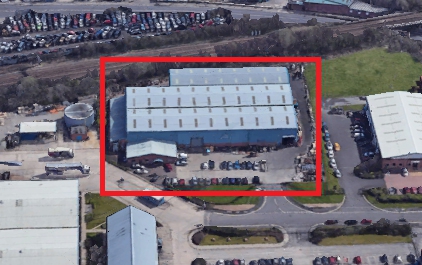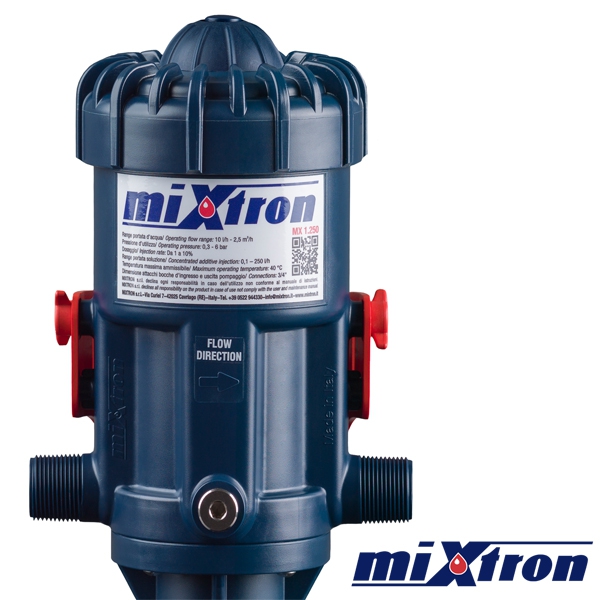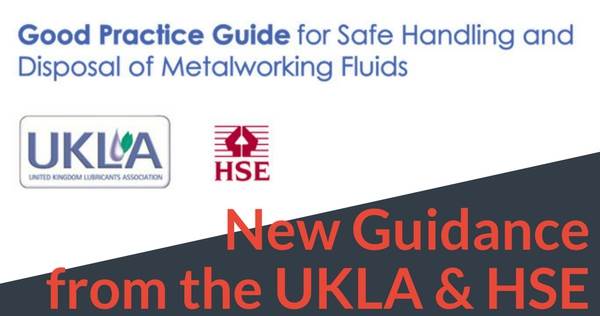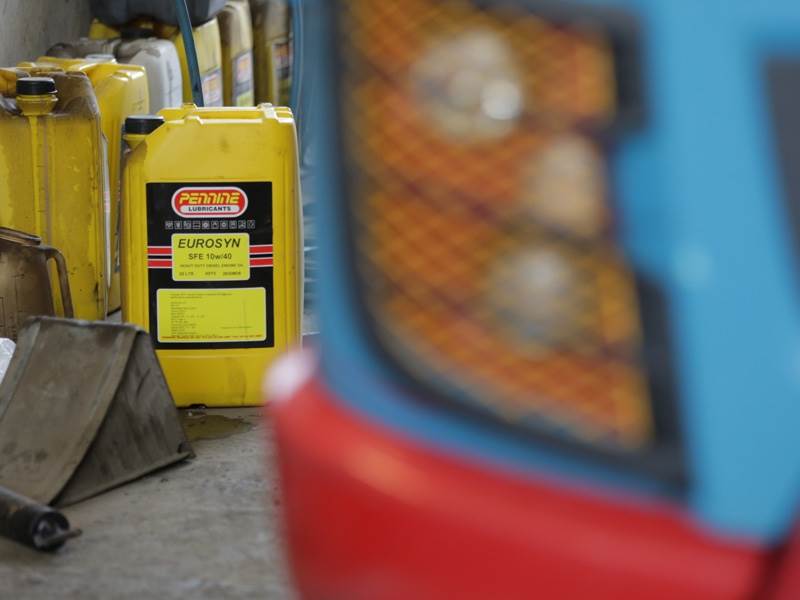- Contact 0870 350 7767
- |
- Advertise
Home > Pennine Lubricants > Little and Often – Keeping Coolants Cool
Little and Often – Keeping Coolants Cool
 News and PR from Pennine Lubricants - Published 03 November 2016
As we are now in an age whereby the condition of our soluble coolants are scrutinised more than ever to satisfy HSE requirements, the importance of keeping coolants cool has never been more important.
News and PR from Pennine Lubricants - Published 03 November 2016
As we are now in an age whereby the condition of our soluble coolants are scrutinised more than ever to satisfy HSE requirements, the importance of keeping coolants cool has never been more important.
We know the scourge of soluble coolants, anaerobic bacteria, try to eat away at the additives within the coolant or feast on the inevitable blanket on slideway oil which has gravitated its way into the coolant sump and are all familiar with ways of trying to prevent this; biostable coolants, tramp oil skimmers / separators, regular concentration control, pH checks, bacteria dip slides which all provide us with useful information but there is one simple step, often overlooked, which can have a substantial, positive impact on bacterial control... regular “little and often” topping up of the coolant sump.
All too often, operators or labourers will only top up the coolant sump when the control panel flags up a “low level” alarm, or the coolant delivery pipe spits and splutters out a rather ineffective foamy mass or worse still, nothing at all.
So what are the problems associated with this? First of all, coolant is there to cool. If the sump is only half full (or less!) then the coolant is being pumped around the system so quickly that it has little if any dwell time to dissipate the heat taking from the cutting zone before its back round trying its best to cool again. The fluid quickly becomes warm losing its ability to cool the cutting tool it is there to protect which in turn may decrease tool life which leads to increased cost per component.
Secondly, as the fluid warms up evaporative loss of the water within the emulsion occurs increasing the strength of the coolant. If this happens regularly it can lead to increased instances of skin sensitisation and sticky residues forming on tool holders and inside machine cabinets, again this will need to be cleaned down generating more costs and downtime.
Finally, bacterial activity increases dramatically in temperatures between 25 – 35 degrees C which can create HSE issues and reduces the useful sump life of the coolant leading to more fluid changes and if you haven’t guessed it already, increased costs.
Whether you mix your coolants manually or via automated mixing units, topping up your coolant sump is by far one of the easiest tasks to complete, and by doing so now rather than later may just save you a small fortune in the long run.
All too often, operators or labourers will only top up the coolant sump when the control panel flags up a “low level” alarm, or the coolant delivery pipe spits and splutters out a rather ineffective foamy mass or worse still, nothing at all.
So what are the problems associated with this? First of all, coolant is there to cool. If the sump is only half full (or less!) then the coolant is being pumped around the system so quickly that it has little if any dwell time to dissipate the heat taking from the cutting zone before its back round trying its best to cool again. The fluid quickly becomes warm losing its ability to cool the cutting tool it is there to protect which in turn may decrease tool life which leads to increased cost per component.
Secondly, as the fluid warms up evaporative loss of the water within the emulsion occurs increasing the strength of the coolant. If this happens regularly it can lead to increased instances of skin sensitisation and sticky residues forming on tool holders and inside machine cabinets, again this will need to be cleaned down generating more costs and downtime.
Finally, bacterial activity increases dramatically in temperatures between 25 – 35 degrees C which can create HSE issues and reduces the useful sump life of the coolant leading to more fluid changes and if you haven’t guessed it already, increased costs.
Whether you mix your coolants manually or via automated mixing units, topping up your coolant sump is by far one of the easiest tasks to complete, and by doing so now rather than later may just save you a small fortune in the long run.
Other announcements from Pennine Lubricants
-
Take Control of your Metalworking Fluids with PROCARE Self-Serv
Our PROCARE Fluid Management service helps many of our customers take control of their metalworking fluids.
29 Aug 2019
-
Exciting News! We're on the move!
We are pleased to announce that due to our continued growth and in line with our future expansion plans, we will be relocating into new premises later this year...
21 May 2019
-
We are proud to have been appointed the Official UK & Ireland Master Distributor
We are pleased to announce that have been appointed as Master Distributor for UK & Ireland for Mixtron MXO Soluble Oil Doser range.
11 Dec 2018
-
UKLA: Safe Handling & Disposal of Metalworking Fluids
Good Practice Guide for Safe Handling and Disposal of Metalworking Fluids
07 Aug 2018
-
-
5 Lubrication Problems and How to Avoid Them
Whatever it is that needs a bit of oil or grease, from a tractor, a truck, a CNC machine or even a door hinge, getting it right is essential...
03 Nov 2016





